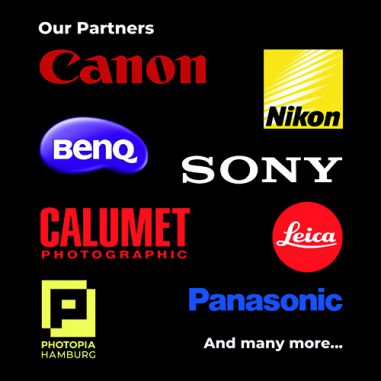The market is growing fuelled by an expanding number of users, growing as it expands to include younger and older consumers, more females, and less affluent households. Meanwhile, consumers are also replacing their devices more quickly than they used to, as an example average camera replacement has reduced from 6-8 years to 3-5 years, while personal AV replacement has fallen from 5-7 years to 2-4years.
Another important driver of portable electronics is gifting: The gift market is an important factor in the personal electronics market – albeit in some European markets more than others – where it can represent up to 60% or 70% of annual sales in certain categories in certain countries. Personal electronics gadgets have become a staple and high price ticket present for partners and for older children. Where mothers and spouses need to buy presents during birthday and religious holidays, personal electronics have played an increasingly important role to the extent that they have almost become ‘impulse buys’ and are verging on becoming disposable.
From a market of negligible size in 2007 the Netbook reached a staggering 5.9 million units in Europe in 2008, and in doing so exposed a gap in the market for Notebooks that are configured primarily for internet usage and very little else. This segment has had only a minor visible impact on the incumbent, more expensive Notebook market, as demand is characterized by usage as secondary devices. In 2009 the Netbook market is forecast to grow by a further 5 million units to almost 11 million units.
This segment has revived the broader camcorder market which had stagnated over recent years, by introducing the younger, IT-savvy ‘YouTube generation’ to the camcorder industry (traditionally largely restricted to young middle-to-high income households), not to mention those who are just attracted by the low prices. The segment has introduced a raft of new brands to what has been a relatively stable competitive environment, including the likes of Toshiba, PureDigital, Kodak, Creative and Aiptek. PVCs are exploiting a window of opportunity while mobile phones still need to catch up in terms offering improved video capture, 3 and 3.5G connectivity direct to websites such as YouTube and Flickr, improved battery life and embedded/bundled storage capacities exceeding 1GB. As phones begin to catch up, sales of PVC are forecast to slow considerably beyond 2010 or 2011.
The segment Mobile Internet Devices emerged from the personal AV segment when the likes of Apple and Archos added Internet functionality to their Personal Multimedia Players. Apple’s Touch dominates this market, representing more than 90% of the segment. Like the PVC segment highlighted above, longer term, as the Touch’s sister iPhone improves in terms of battery life and storage capacities, consumers will find it difficult to justify paying for and managing two portable AV devices with such similar configurations. In volume terms, the iPhone outsold Touch by 15% in Western Europe in 2008, and this ratio is increasing quickly in the iPhone’s favour. While compact camera sales fall in most Western European markets in 2009, D-SLR continues to record healthy growth at 13%.
Longer term, Futuresource forecasts the Portable CE market to reach in excess of 180 million devices sold in Western Europe; of these, approximately a third will be smartphones capable of providing a rich multimedia experience to users. Despite the growth in use of mobiles as truly multifunctional and multimedia devices, approximately 400 million other personal devices will be in use by 2012, with a focus on specific applications such as music, video, photography and gaming. Many will also feature wireless connectivity, using WiFi and/or cellular, and will be well and truly converged devices
While convergence is expected to play an increasingly cannibalistic role in certain portable electronics segments, countering this trend is handheld product proliferation: ‘One size fits all’ usually requires a compromise in physical design and configuration, and depending on the application (for example taking photos, accessing the internet) consumers don’t want to, or need to, make that compromise.






